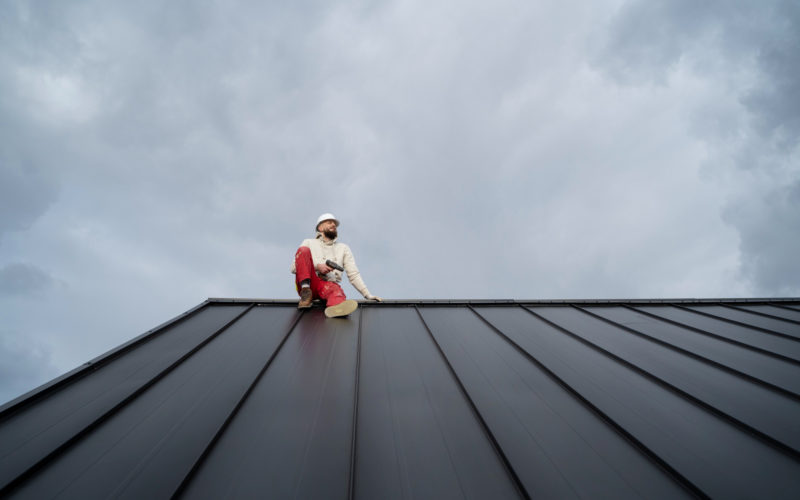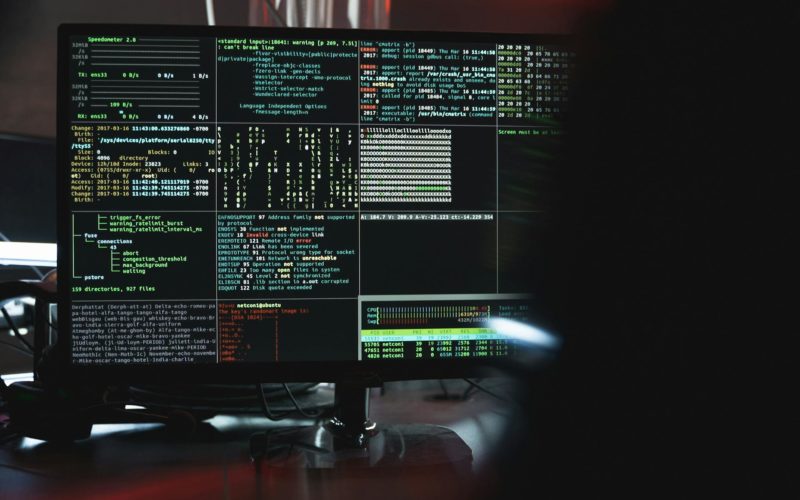In the heart of Dallas, where innovation meets tradition, professional roofing companies are continually advancing to offer new ways to enhance both the functionality and aesthetic appeal of homes. From sleek, energy-efficient materials to innovative installation techniques, homeowners are embracing roofing solutions that withstand the elements and elevate the visual allure of their properties.
As technology evolves, so does the scope of possibilities for roofing in Dallas. With an eye on sustainability and performance, the professional roofing company Dallas is introducing cutting-edge materials and techniques that bolster the structural integrity of homes and contribute to the city’s forward-thinking ethos. This article explores the evolving trends shaping the roofing industry, highlighting the fusion of technology, sustainability, and design excellence.
Eco-Friendly Roofing
Sustainability continues to be a significant theme in home improvements, and roofing is no exception. Eco-friendly housetops are designed to minimize environmental impact and improve energy efficiency. Materials like excellent cover options, recycled shingles, and green covers are at the forefront of this trend. Cool sheets, made from highly reflective materials, are designed to return more sunlight and absorb less heat, reducing the need for air conditioning. Recycled shingles are made from recuperated materials such as plastic, rubber, or wood fiber, which are both sustainable and durable.
Solar Roofing
With the increasing aim of renewable energy, solar shielding continues to gain popularity. Modern solar covers are more aesthetically pleasing and integrated than traditional bulky panels. The market has seen an increase in solar shingles designed to blend seamlessly with conventional materials while generating electricity. These shingles represent a significant advancement in solar technology, offering an attractive, practical solution for homeowners looking to lower their energy bills and ecological footprint.
Architectural Shingles
Architectural molds are a superior type of asphalt shingle known for their high quality, longevity, and distinctive appearance. They come in various styles and colors, allowing homeowners to customize the look of their housetop. Additionally, architectural shingles have become even more popular due to their capacity to withstand extreme weather conditions and a longer lifespan than traditional shingles. Their dimensional look adds a touch of luxury and sophistication to any home.
Metal Roofing
Metal roofing is not new, but its applications in residential properties continue to evolve. It can mimic the appearance of asphalt shingles, wood shakes, or even tile without the associated maintenance. Available in various colors and finishes, it offers a modern look that complements any architectural style. It is also fire-resistant and energy-efficient, making it an intelligent choice for safety-conscious and eco-friendly homeowners.
Skylights and Roof Windows
Incorporating natural light into homes is a trend that continues to grow, and skylights and roof windows are popular solutions. There has been an increased focus on energy-efficient and bright skylights, which can automatically close when it starts raining, and blinds for light control have been built in. These features enhance skylights’ usability while helping manage heating and cooling costs. Skylights provide natural light and improve ventilation, making them a functional and aesthetic addition to any roofing system. The roofing trends of the year reflect a blend of style, sustainability, and advanced technology. From eco-friendly materials to integrated systems, the options available today protect homes and enhance their aesthetic appeal and energy efficiency. Consulting with a reputable roofing company in Dallas can provide valuable advice and skills throughout the planning and implementation process. For homeowners planning to upgrade or replace their housetop, these trends offer exciting possibilities to transform their home’s exterior into a more beautiful and functional space.












